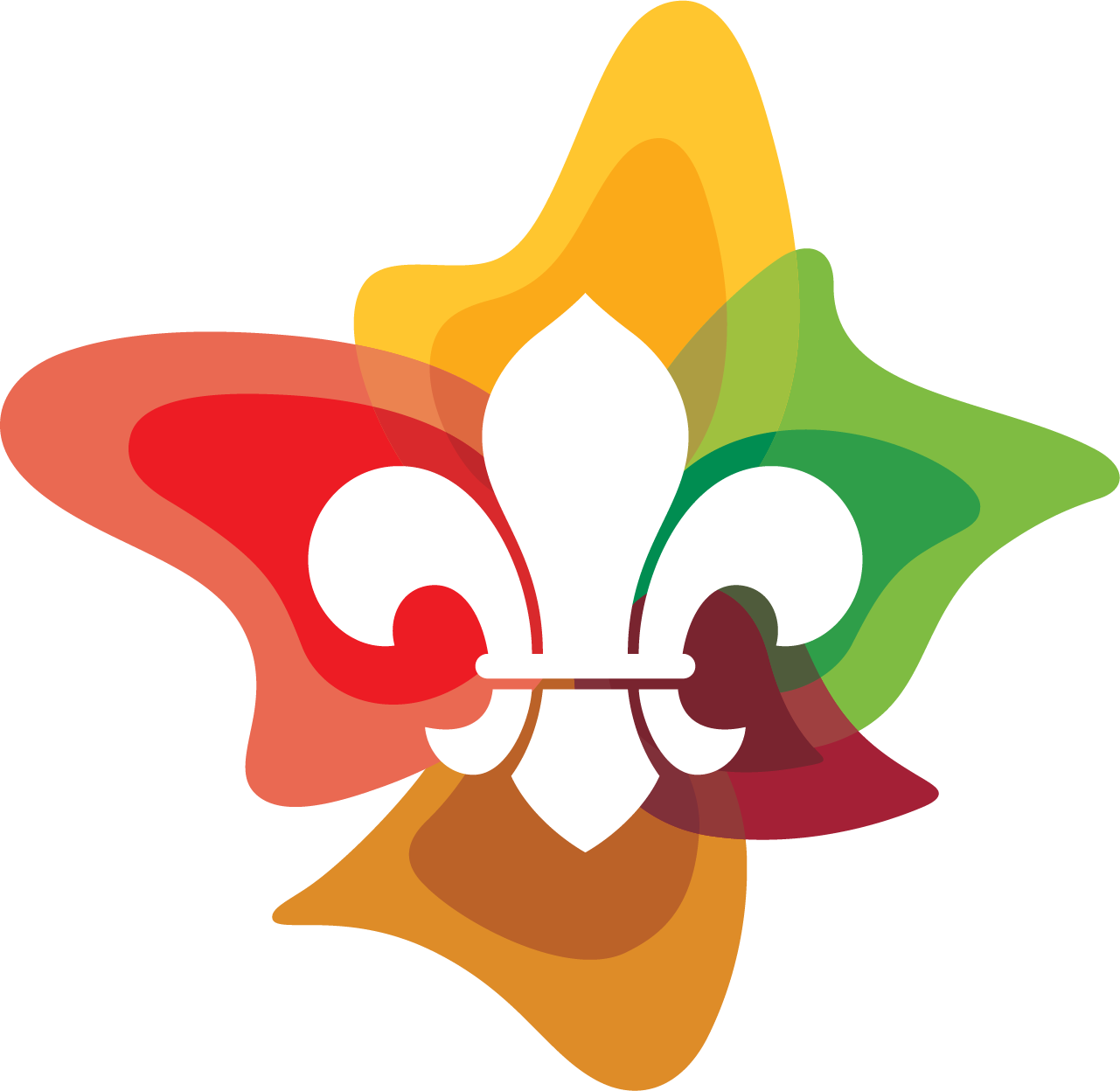LEFT
Scout Resources
Introduction to Scouting
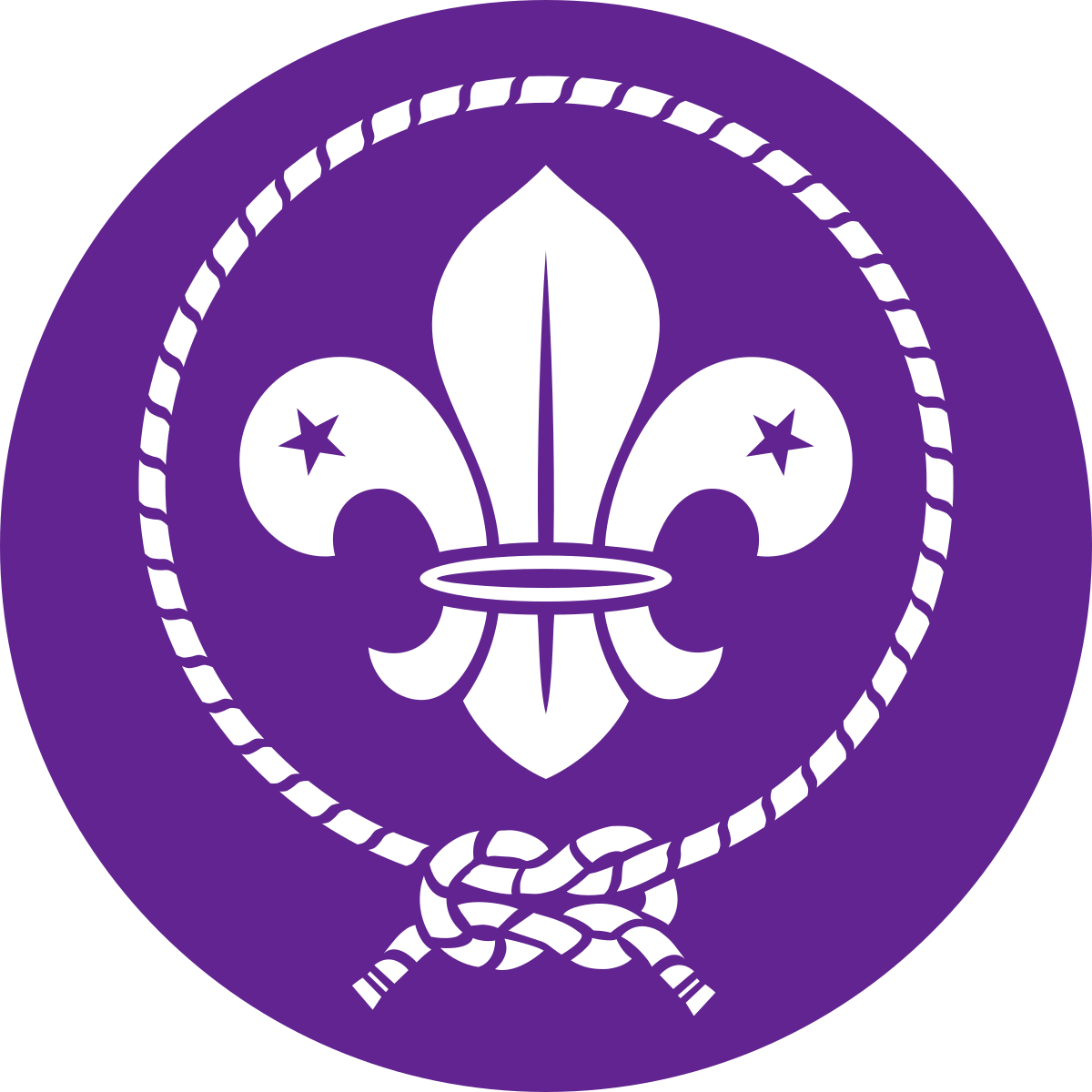
This completed once when a person joins the scout movement. It covers how the organization came into being. What its core objectives are.
Introduction to Section
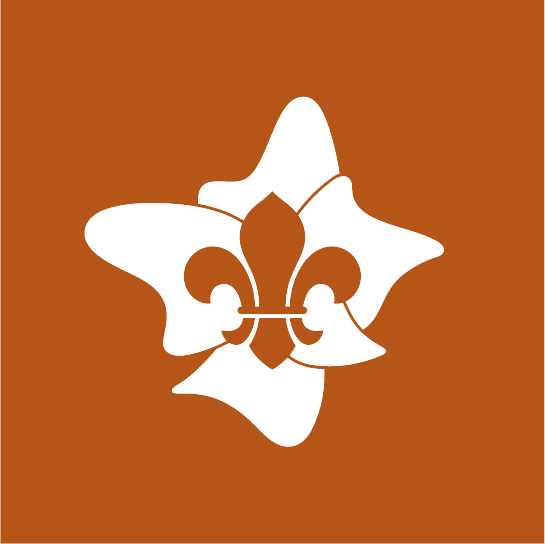


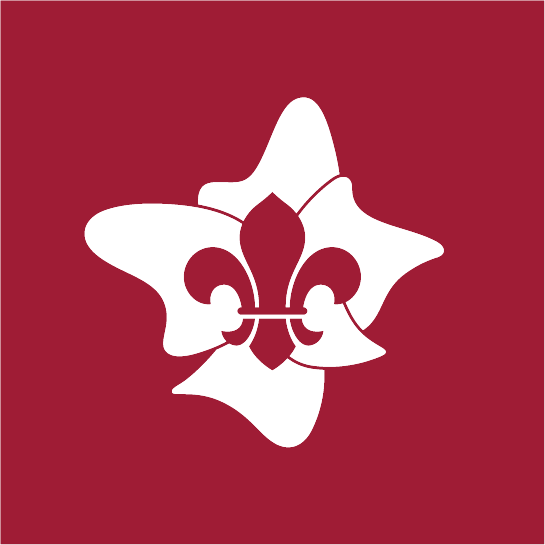

This is specific for each section a scout joins during their time with the organization. There is a lot of common information between each section however as the scouts become older the content is expanded to address additional concepts that the member will need to understand.
> > ONE PROGRAM > >
The Scouts One Program unites all sections of Scouts Australia-Joey Scouts, Cub Scouts, Scouts, Venturer Scouts, and Rover Scouts-into a single, continuous journey. Instead of each section having its own structures and terminology, the program uses consistent methods, language, and resources. This creates familiar experiences across sections, so when members progress, the focus is on new adventures and friendships rather than learning new systems. Core elements like the Scout Method, patrol system, symbolic framework, and achievement pathways are used throughout, with each section retaining its own identity through names and mottos such as Discover Adventure (Joeys) and Beyond the Horizon (Rovers).
Developed through extensive co-design with youth and adults, the program is logical, easy to understand, and efficient in resource use, while also aligning with World Scouting terminology. It reduces duplication in training and materials, improves collaboration across sections, and ensures a smoother transition between age groups. Currently in its implementation phase, the program will be reviewed nationally every 5-10 years, with early feedback showing positive adoption of the unified approach.
Milestones



Milestones are generally achieved by taking part in the program run at the unit. Each milestone consists of completing a prescribed number of Participates, Assist and Leads.
Participate
Be actively engaged in a Challenge Area related activity and review your own learning.
Assist
You should support the planning, doing and reviewing of a Challenge Area-related event (such as a Unit night or camp), by taking on tasks from a Project Patrol Leader, or running an activity at the event.
Lead
Plan and lead the program for a Challenge Area-related event (such as a set of Unit nights or camp, or Challenge Area based Project Patrol), including arranging multiple activities planning logistics, risk assessments and most of the general organisation with support from the Unit and adult Leaders.
Challenge Areas - Factsheet
Outdoor Adventure Skills - OAS Fact Sheet
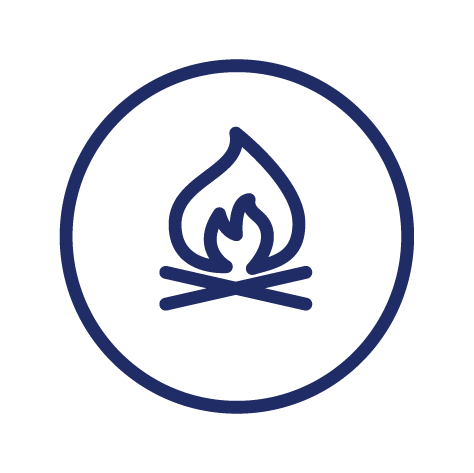
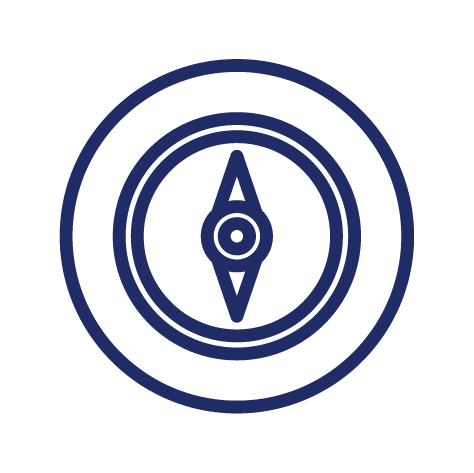

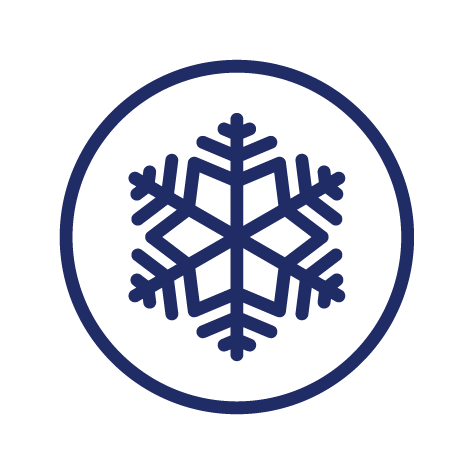

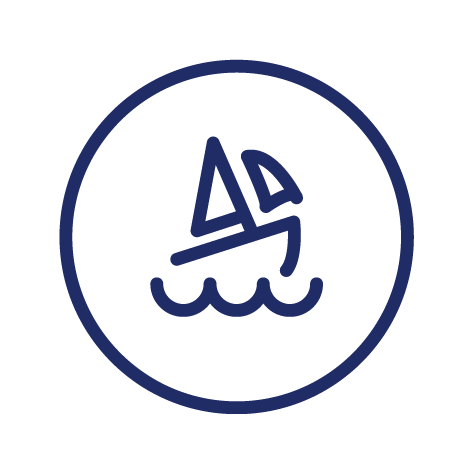



The Outdoor Adventurous Skills (OAS) component of the Scout program provides a structured pathway for youth members to engage in and lead various outdoor activities throughout their Scouting journey. OAS activities are designed to be adventurous and challenging, promoting skill development and leadership.
The OAS is divided into nine streams, which include three core areas and six specialist areas. The core areas-Bushwalking, Bushcraft, and Camping-encompass traditional Scouting activities that are commonly practiced across all Australian Scout Groups. These activities are foundational to the Scouting experience and are accessible to all members.
In addition to the core areas, there are six specialist areas: Alpine, Aquatic, Boating, Cycling, Paddling, and Vertical. These specialist areas cater to more specific interests and may be influenced by geographical factors or the preferences of particular Scout groups. They offer deeper exploration and skill development in activities that might not be universally favoured but provide diverse opportunities for those with specific interests.
Through participation in OAS, Scouts are encouraged to develop their skills progressively, taking on increasing levels of responsibility and leadership within their outdoor adventures.
Requirements for each section
- Joey Scouts - Stage 1 in core Skills (Bushcraft, Bushwalking and Camping)
- Cub Scouts - Stage 3 in core Skills and 8 progressions in total
- Scouts - Stage 5 in core Skills and 10 progressions in total
- Venturer Scouts - Stage 5 in core Skills and 12 progressions in total 4 need to be at stage 4 or higher
Special Interest Areas - SIA Fact Sheet
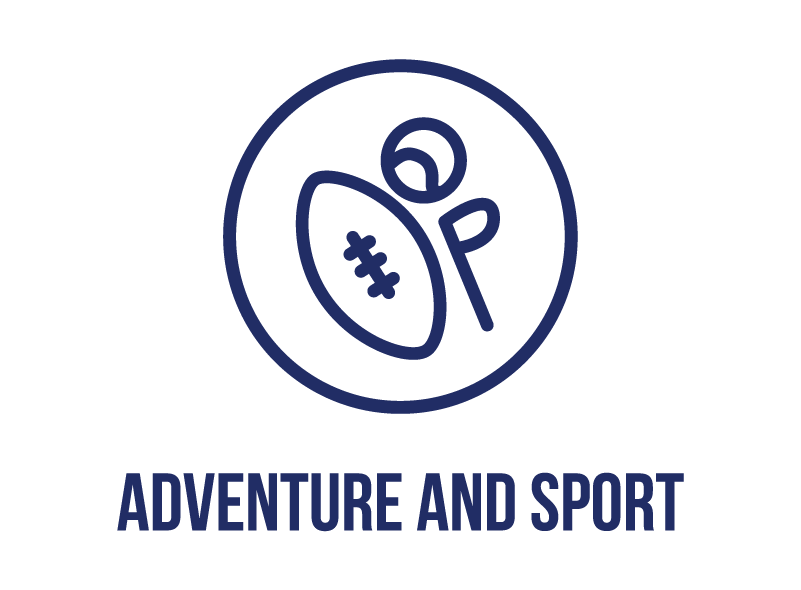


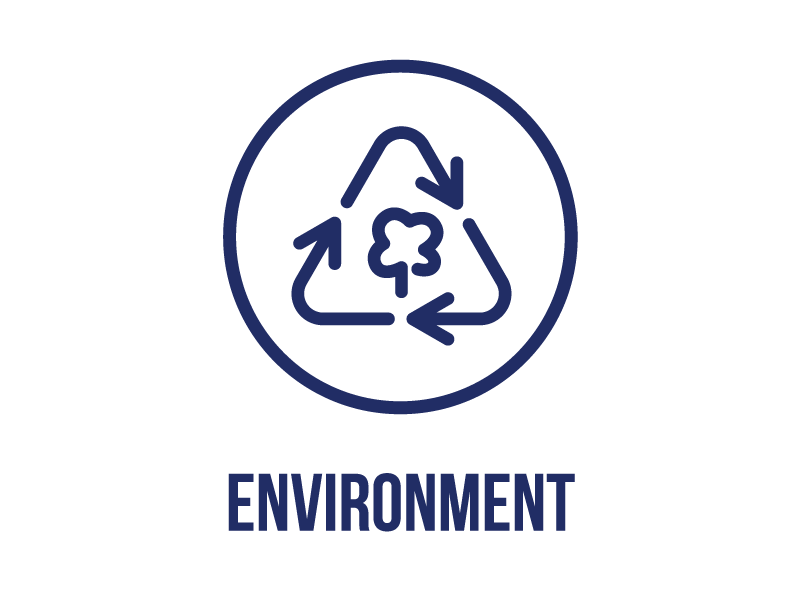

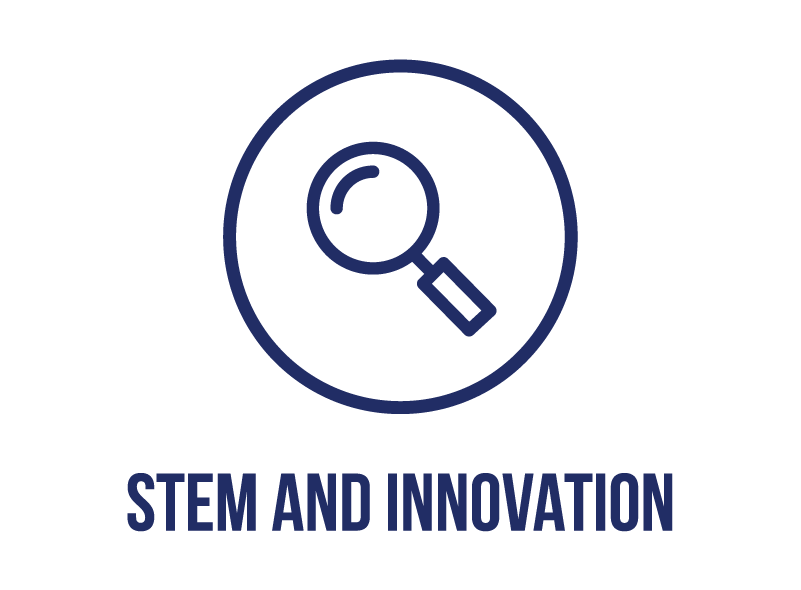
The Special Interest Areas (SIA) component of the Scout program encourages youth members to explore new activities and deepen their existing interests through a structured process. This framework follows a Plan > Do > Review > cycle for each project or activity, where Scouts set personal goals and receive support throughout their journey. With six Special Interest Areas to choose from, Scouts are inspired to come up with their own challenges and projects. While some Scouts may easily generate ideas, others might need assistance, with the United Nations Sustainable Development Goals providing a helpful starting point.
Each Special Interest Area is designed to be adaptable to the varying skill levels of individual Scouts, ensuring that projects are appropriately challenging for their age and abilities. This personalized approach helps keep the young person at the centre of their Scouting journey. The Unit leadership team (Unit Council) plays a crucial role in ensuring that Scouts are sufficiently challenged and can make meaningful progress. The goal is for each Scout to be adequately supported and pushed to achieve a reasonable level based on their capabilities.
For more specialized or complex projects, Scouts might need guidance from a project mentor or subject matter expert. These experts provide varying degrees of support throughout the Plan > Do > Review > process, particularly when the project involves intricate plans or significant risks. Examples of such projects include mechanics, learning a musical instrument, or computer coding. This mentorship ensures that Scouts can tackle ambitious projects successfully while learning valuable skills and knowledge.
The completion of a Special Interest Area project is marked by a thorough review phase, where Scouts reflect on their achievements and learning experiences with assistance from their Patrol Leader, Unit Leader, adult Leader, or project mentor. This reflection helps Scouts recognize their personal development, even if they haven't fully met their initial goals. The celebration of these achievements includes a badge presentation, focusing on the Scout's individual progress rather than the badge itself. This emphasis on personal growth underscores the true value of the SIA component in the Scout program.
Requirements for each section
- Joey Scouts - 6 Activities across at least two areas each 2 hours in duration
- Cub Scouts - 6 Activities across at least two areas each 4 hours in duration
- Scouts - 6 Activities across at least three areas each 8 hours in duration
- Venturer Scouts - 6 Activities across at least three areas each 12 hours in duration
Adventurous Journey - Overview
As youth members progress through the Scouting program, the requirements for adventurous journeys evolve to match their growing capabilities and interests. The best journey ideas come from the youth themselves, with adult leaders providing support and guidance.
These journeys can involve various human or nature-powered activities such as bushwalking, canoeing, cross-country skiing, cycling, kayaking, and sailing, among others. The aim is for youth members to have fun, face challenges, enjoy adventures, and feel included. Journeys are undertaken with a Patrol, which can include members from the same or different Sections, such as Scouts inviting Venturer Scouts.
The journeys must not involve cars, trains, airplanes, or four-wheel driving, and the travel time to the starting and ending points is not included in the journey's duration. The focus of these journeys is on applying skills, enjoying nature, and achieving a recognized outcome, emphasizing learning and personal growth throughout the experience.
Requirements for each section
- Joey Scouts - a 3 hour journey
- Cub Scouts - a 4 hour journey
- Scouts - a 3 day, 2 night journey
- Venturer Scouts and Rover Scouts - a 4 day, 3 night journey
Adventurous Journey - Planning Guide
Personal Development Course
Leadership and personal development are central to the Scouting program, emphasizing growth as an individual and as a community member. Personal Development Courses provide Scouts with the opportunity to interact and learn with peers who are on similar developmental paths. These courses foster an environment where Scouts can develop crucial personal and leadership skills, become active citizens, and learn new ways of thinking and approaching challenges. They also offer a platform for Scouts to confirm their learning from experiences, share insights with peers, and reflect on their individual leadership journeys.
The courses are designed to assist Scouts in various aspects of personal and leadership development. Participants are guided to enhance their problem-solving abilities, improve communication skills, manage tasks efficiently, and develop effective leadership strategies. Additionally, these courses emphasize the importance of planning and community involvement, ensuring that Scouts not only grow as leaders but also as proactive and engaged citizens. This holistic approach ensures that Scouts are well-equipped with a diverse skill set necessary for personal and professional success.
Personal Development Courses in Scouting can take several forms. They might be internal section courses specifically designed for the Scout's current section, extension courses that build on prior knowledge and skills, or external courses offered by organizations outside of Scouting. This variety ensures that Scouts have access to a broad range of learning experiences, tailored to their developmental needs and interests. Whether through internal or external means, these courses provide valuable opportunities for Scouts to expand their horizons and deepen their understanding of leadership and personal development.
Each course covers various essential concepts that are integral to effective leadership and personal growth. Topics such as problem-solving, communication, task management, leadership, planning, and community involvement are explored in depth. By engaging with these subjects, Scouts gain practical skills and theoretical knowledge that help them navigate and excel in their personal and professional lives. The comprehensive nature of these courses ensures that Scouts leave with a well-rounded understanding of what it means to be a leader and an active, contributing member of their community.
Personal Reflection
The goal of the Milestone Personal Reflection is to help Scouts and their mentors recognize the personal growth that has taken place through participating in, assisting with, and leading activities as part of completing an Achievement Pathways Milestone.
PEAK AWARD - Factsheet
The peak award is the highest achievement in each age section of the Achievement Pathways, designed to challenge Scouts and recognize their accomplishments. Scouts do not need to have been in a previous section or earned previous peak awards to pursue it. They can choose to aim for the peak award at any point, but it's advisable to decide early to ensure sufficient time to complete all elements. Scouts already engaged in the program and actively participating, assisting, and leading in Challenge Area activities can decide to pursue the peak award later in their journey.
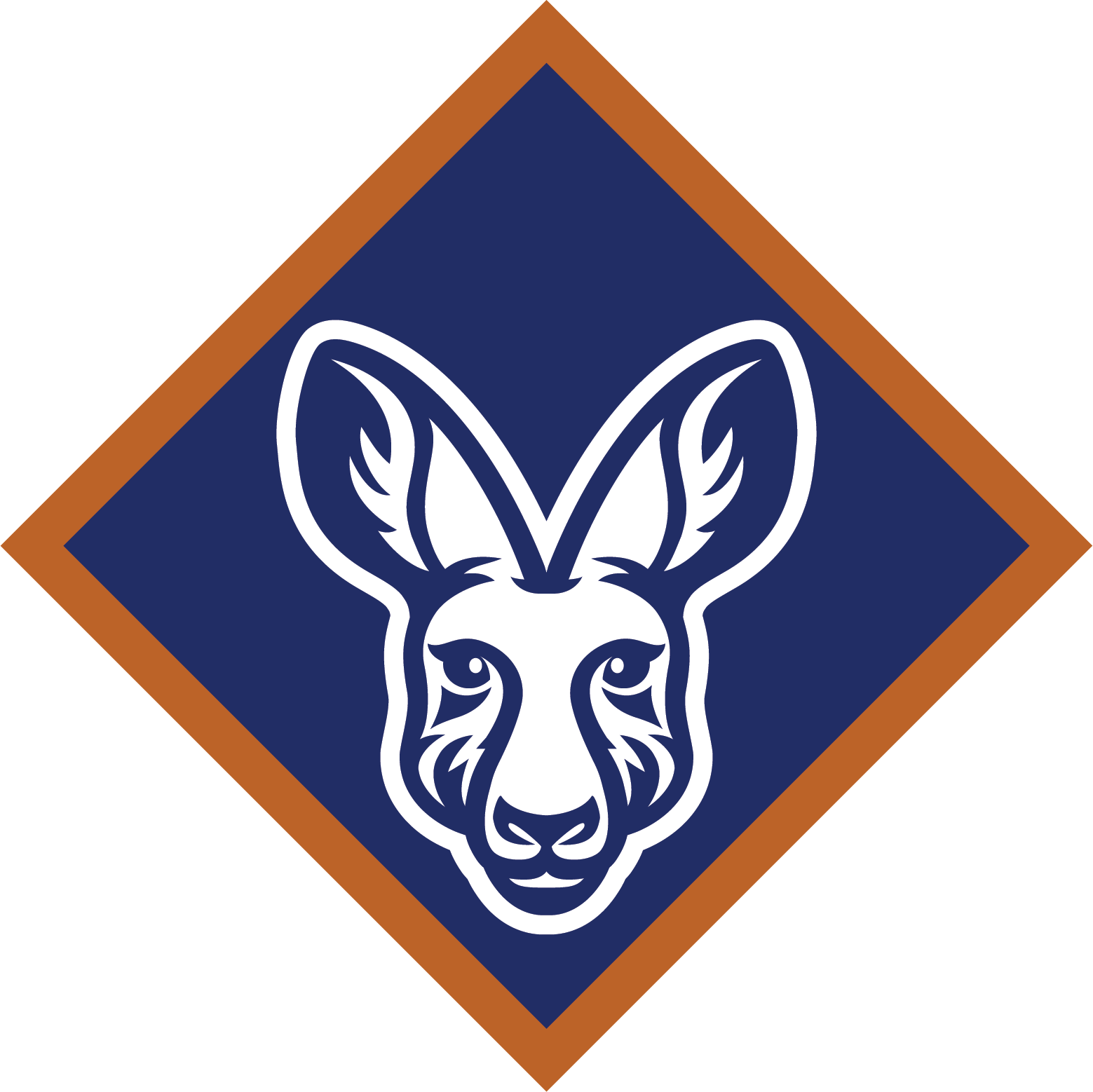
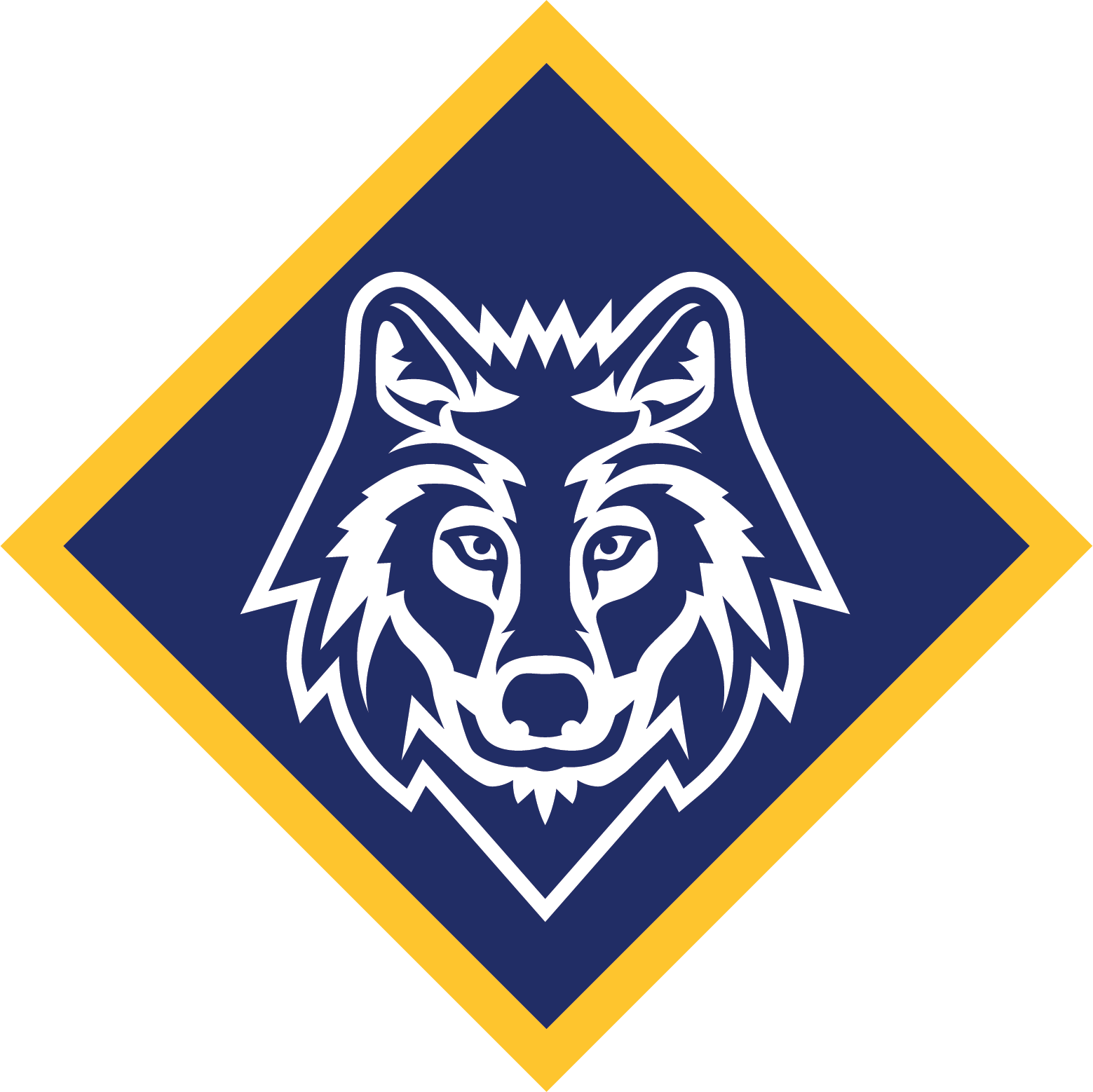
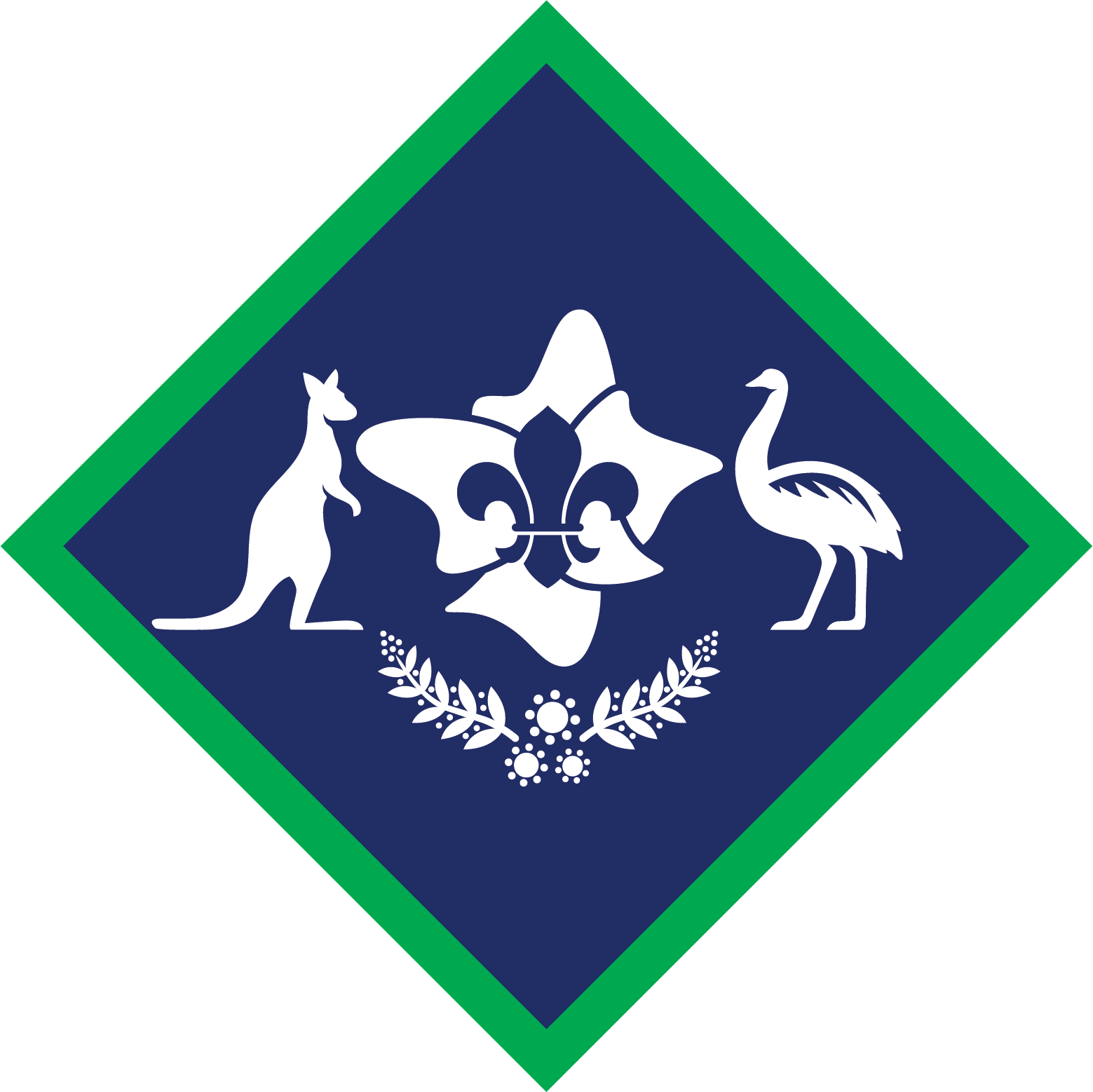


Additional Awards
Scout Journey Milestones
Walkabout Award
The Scout Walkabout Award recognizes the total number of kilometers covered on outdoor Scouting activities using human power. This youth member-only award can be earned at various incremental points throughout a Scout's journey, starting from 10 kilometers and going up to 500 kilometers. The award is displayed on the right sleeve of the uniform, with only the highest award achieved being worn at a time.
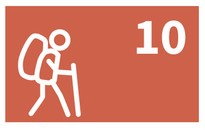
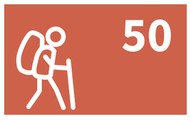

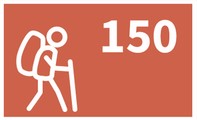

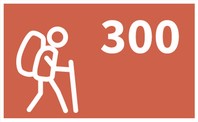

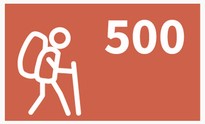
Camper Award
The Scout Camper Award recognizes the total number of nights spent camping on Scouting activities. This youth member-only award can be earned at various incremental points throughout a Scout's journey, starting from 10 nights and going up to 100 nights. The award is displayed on the right sleeve of the uniform, with only the highest award achieved being worn at a time.
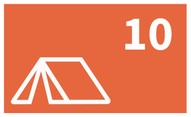
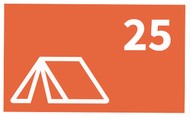
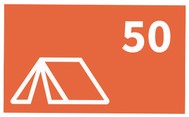

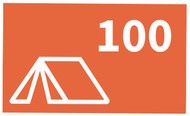
Landcare
The Landcare Award encourages Scout youth members to participate in environmental activities within their local community in collaboration with a local Landcare group. This award can be earned multiple times, corresponding to different sections of the youth member's Scouting journey.
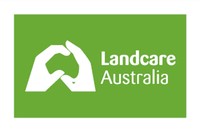
The Their Service - Our Heritage award
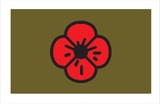
Introduced by Scouts Australia in 2000, aims to raise awareness about veterans among youth members. This annual award can be earned once per year, starting on ANZAC Day (25th April).
Requirements:
Three activities are required to be completed by the youth member throughout the year. These can include but are not limited to:
- Take part in an ANZAC Day march or ceremony
- Take part in Remembrance Day
- Invite a Veteran to a Unit meeting to talk to the Unit
- Visit a Veterans Home or the local RSL
- Maintain your local Memorial
- Visit a Tomb of the Unknown Soldier
Activities can be done individually or as part of a group, and must directly relate to the service of Australia's veterans. Older youth members may take on more leadership in organizing these activities.
State Emergency Service

The State Emergency Service Awareness Badge was initially introduced into Western Australia in 2017. In 2019, this badge became available for all youth members in Australia to complete. It aims to raise awareness of the role the State Emergency Service has within the community and build emergency resilience and preparedness in our youth members.
It is a youth member only award.
Requirements
Joey Scouts
- Visit a SES Unit or have a SES Unit visit the Joey Scout Unit
- Demonstrate storm readiness at home by making a survival kit
- Choose a game and/or an activity that relates to what the SES can do
- Learn to use some hand tools
Cub Scouts
- Visit a SES Unit or have a SES Unit visit the Cub Scout Unit
- Learn and discuss what the SES does. Present your findings in whatever way you like (e.g. a poster, video, report)
- Research and report on storm readiness
- Make a survival kit for home
- Demonstrate skills in using some hand tools
- Learn new knots that are specific to SES operations
- Participate or assist in a game and/or an activity with your Patrol or Unit
Scouts
- Visit a SES Unit or have a SES Unit visit the Scout Unit
- Demonstrate getting your home storm ready and document it in a way that you can present it to your Unit
- Learn and demonstrate skills in using some hand and power tools
- Learn new knots that are specific to SES operations
- Research and report on what the SES does and the role it plays in the community
- Participate in at least three mock emergencies
- Assist or lead a game and/or activity for your Patrol or Unit
Venturer Scouts
- Join a SES Unit or SES Cadets for a minimum of six months, or:
- Visit a SES Unit, have a SES Unit visit the Venturer Unit or attend an SES information night
- Learn and demonstrate skills in using hand tools and some power tools
- Demonstrate building a sandbag wall
- Research and report on mental health for emergency volunteers
- Participate, assist or lead at least three mock emergencies
- Lead a game and/or activity for the Unit
Language Emblem

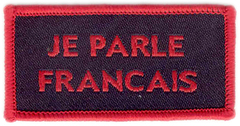
Introduction
The language emblem encompasses two different streams - the Language Badge and the I Can Sign Badge.
Appropriately qualified adult members of Scouts Australia can also wear the relevant badge on their uniform.
Language Badge
A youth member may qualify to wear a Language Badge by completing tasks that demonstrate their ability in any language other than English. The youth member will need to nominate an appropriately qualified subject matter expert to guide and support them through this process.
I Can Sign Badge
A youth member may qualify to wear an I Can Sign Badge by completing tasks that demonstrate their ability in any approved sign language (e.g., AUSLAN, British Sign Language) or the Paget Gorman sign system. The youth member will need to nominate an appropriately qualified subject matter expert to guide and support them through this process.
Requirements
Joey Scouts
Language
- Carry out a conversation for five minutes in the language of choice.
- Write a letter of at least 50 words to the subject matter expert.
- Translate, in your own time and with the help of a dictionary, an easy passage from a book or magazine.
I Can Sign
- Carry out a simple conversation in sign language for five minutes.
- Demonstrate a basic ability to use finger spelling (e.g., spell name and some basic words) and to "read back" in that mode.
- After reading an easy passage from a book or periodical, re-tell that passage in sign language. You may use a sign language dictionary to assist.
Cub Scouts
Language
- Carry out a conversation for five to ten minutes in the language of choice.
- Write a letter of at least 100 words to the subject matter expert.
- Translate, in your own time and with the help of a dictionary, an easy passage from a book or magazine.
I Can Sign
- Carry out a simple conversation in sign language for five to ten minutes.
- Demonstrate a basic ability to use finger spelling (e.g., spell name and some basic words) and to "read back" in that mode.
- After reading an easy passage from a book or periodical, re-tell that passage in sign language. You may use a sign language dictionary to assist.
Scouts
Language
- Carry out a conversation for ten minutes in the language of choice.
- Write a letter of at least 200 words to the subject matter expert.
- Translate, in your own time and with the help of a dictionary, an easy passage from a book or magazine.
I Can Sign
- Carry out a simple conversation in sign language for ten minutes.
- Demonstrate an ability to use finger spelling and to "read back" in that mode.
- After reading an easy passage from a book or periodical, re-tell that passage in sign language. You may use a
sign language dictionary to assist.
Venturers
Language
- Carry out a conversation for fifteen minutes in the language of choice. This conversation should introduce some
basic Scout vocabulary (e.g., Scout, patrol, camp, tent, etc.).
- Write a letter of at least 300 words on a simple Scout topic to the subject matter expert.
- Read aloud intelligibly and give an approximate translation (without the help of a dictionary) of a paragraph of
average difficulty from a book, newspaper, or periodical.
I Can Sign
- Carry out a simple conversation in sign language for fifteen minutes.
- Demonstrate an ability to use finger spelling and to "read back" in that mode.
- After reading an easy passage from a book or periodical, re-tell that passage in sign language. You may use a
sign language dictionary to assist.
RIGHT

